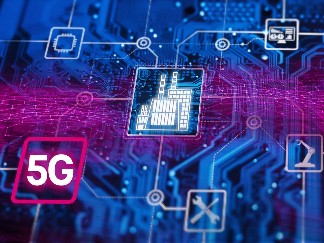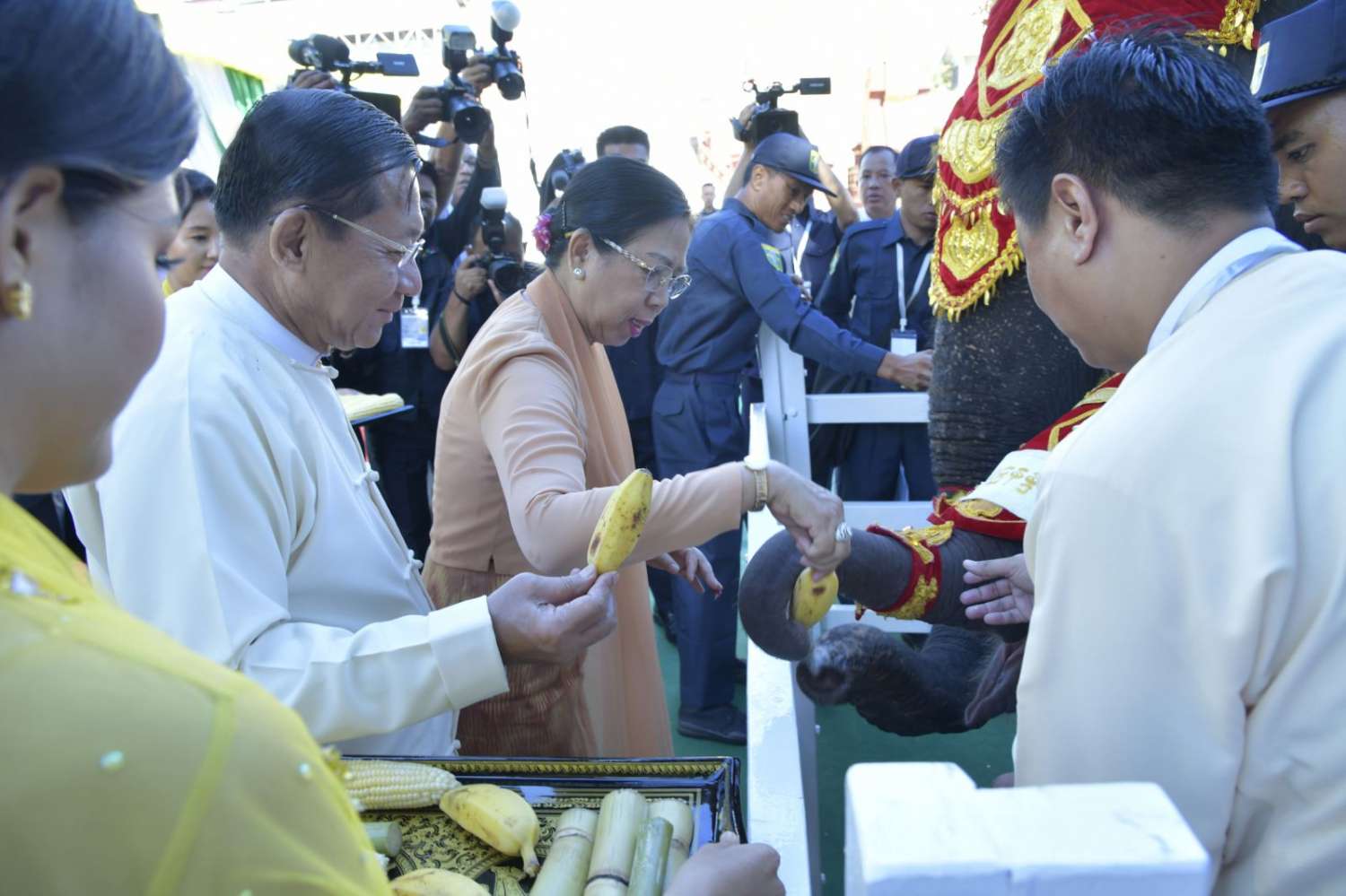
Yes, 5G technology introduces the concept of network slicing, which is a key innovation that allows for the creation of multiple virtual networks within a single physical 5G network infrastructure.
Each network slice is tailored to meet specific service requirements, applications, or user groups, enabling a more efficient and flexible use of network resources.








Customization: Each slice can be customized for different applications or use cases, such as enhanced mobile broadband (eMBB), massive machine-type communications (mMTC), or ultra-reliable low latency communications (URLLC). This ensures that the specific needs of each use case are met without compromising performance.
Resource Isolation: Network slices are logically isolated from one another, meaning that the performance and quality of service (QoS) of one slice do not affect others. This isolation helps in managing and guaranteeing network performance for critical applications.
Dynamic Provisioning: Network slices can be dynamically created, modified, or deleted based on demand. This capability allows operators to efficiently allocate resources and respond to changing conditions in real-time.
Use Case Diversity: By supporting various use cases, such as IoT applications, autonomous vehicles, and industrial automation, network slicing enables diverse industries to leverage 5G technology effectively.
Operational Efficiency: Network operators can optimize their infrastructure and reduce costs since multiple network slices can run on the same physical infrastructure. This reduces the need for separate physical networks for different services.
Smart Cities: Dedicated slices for IoT sensors and devices, facilitating services like smart lighting, waste management, and traffic monitoring.
Healthcare: Slices used for telemedicine applications that require low latency and high reliability.
Autonomous Vehicles: Slices that provide low-latency communication necessary for vehicle-to-everything (V2X) applications.
Live Events: Dedicated slices for streaming high-definition content during large gatherings.
In summary, network slicing enhances the capabilities of 5G by allowing multiple virtual networks to coexist and operate independently, catering to various needs and ensuring efficient resource utilization. This capability is expected to play a crucial role in the widespread adoption and success of 5G technology across various sectors.


Leave a Reply